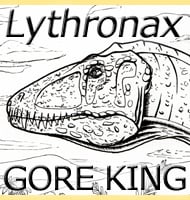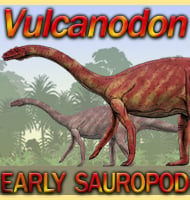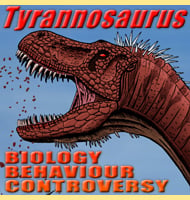Huangshanlong
In Depth Huangshanlong is a genus of sauropod dinosaur that lived in China during the mid Jurassic. Unfortunately, because only a couple of forelimb bones have been used to describe the genus, not much can be said about this dinosaur. The describers were of the opinion that Huangshanlong repesented a mamenchisaurid sauropod, a type of … Read more


